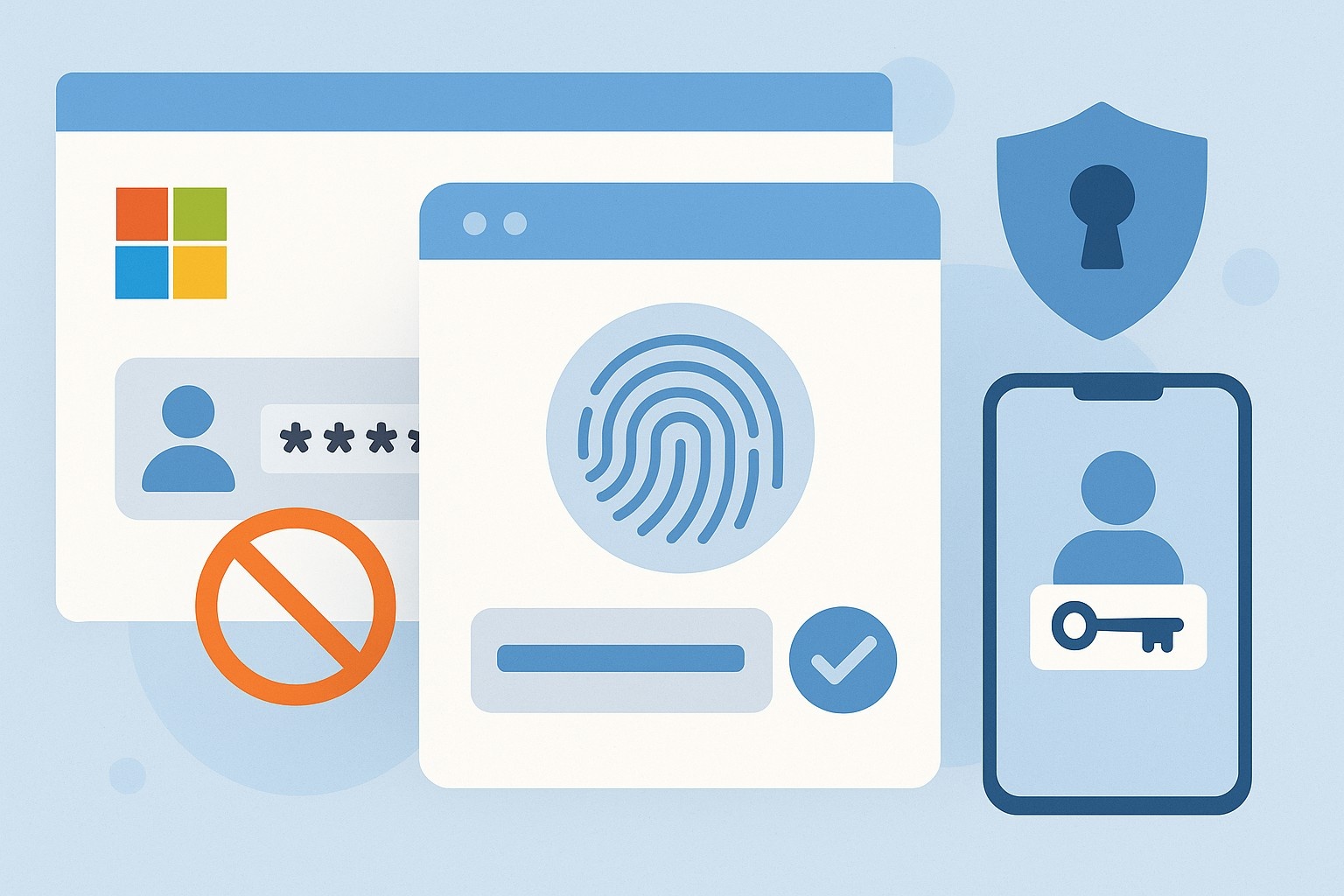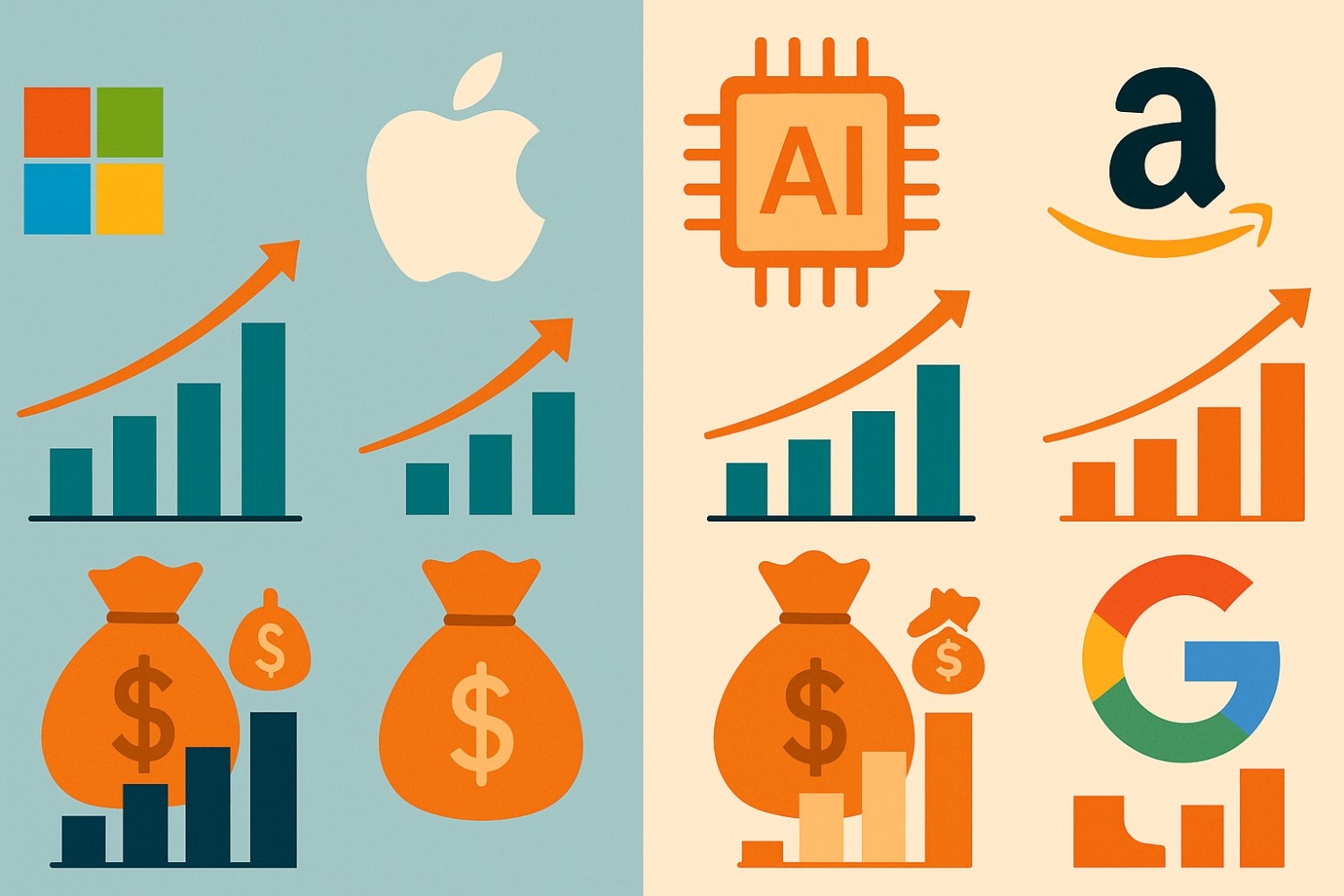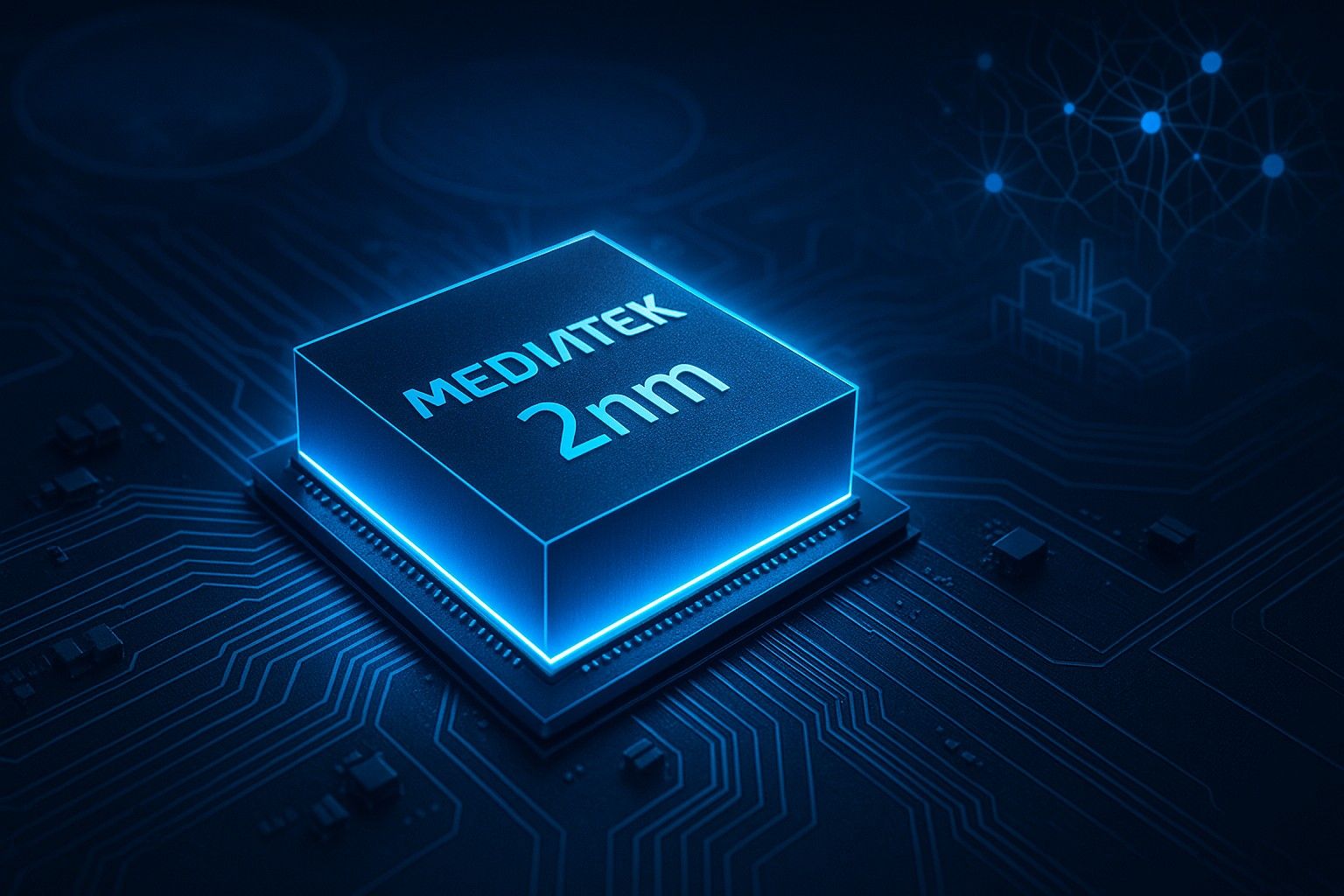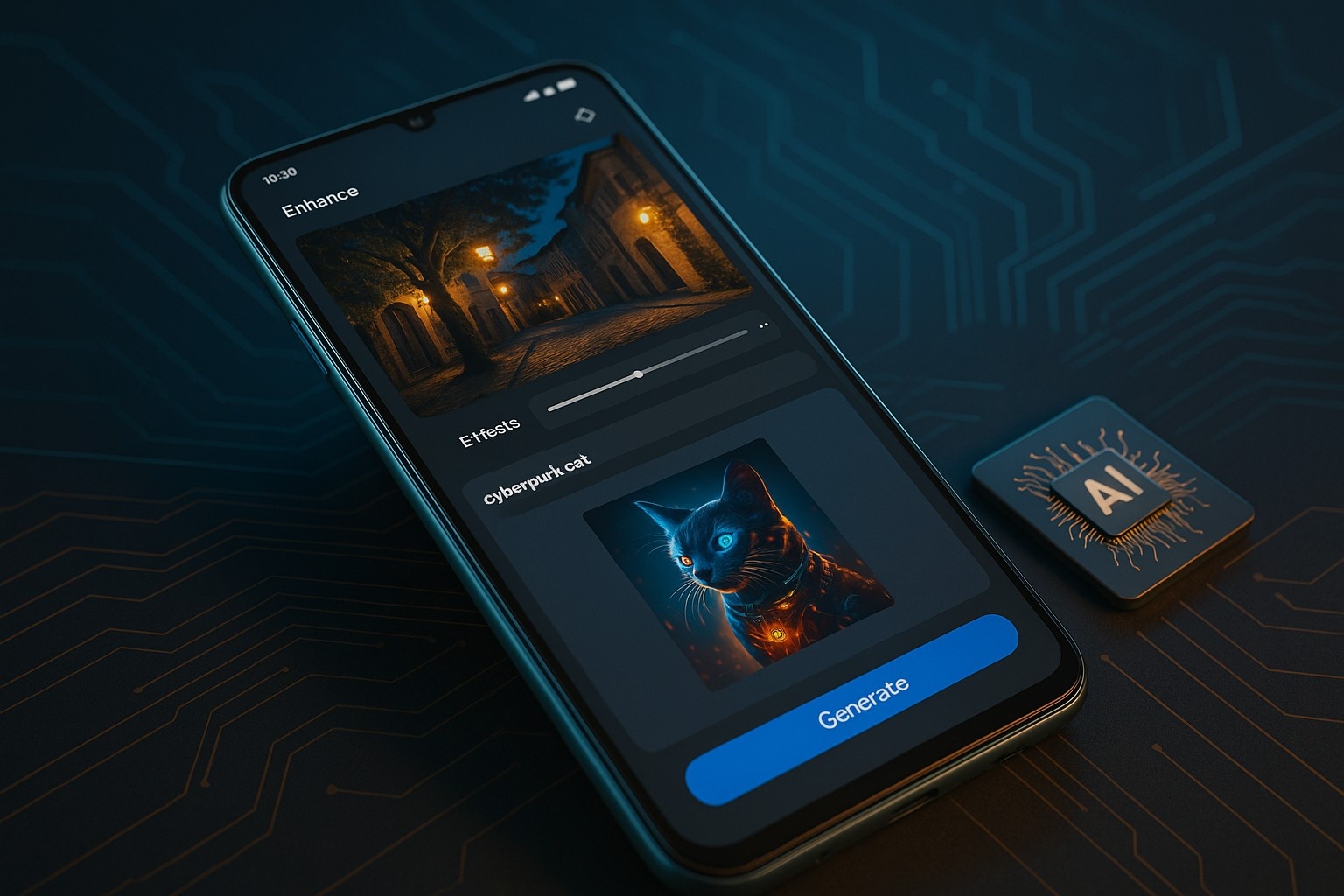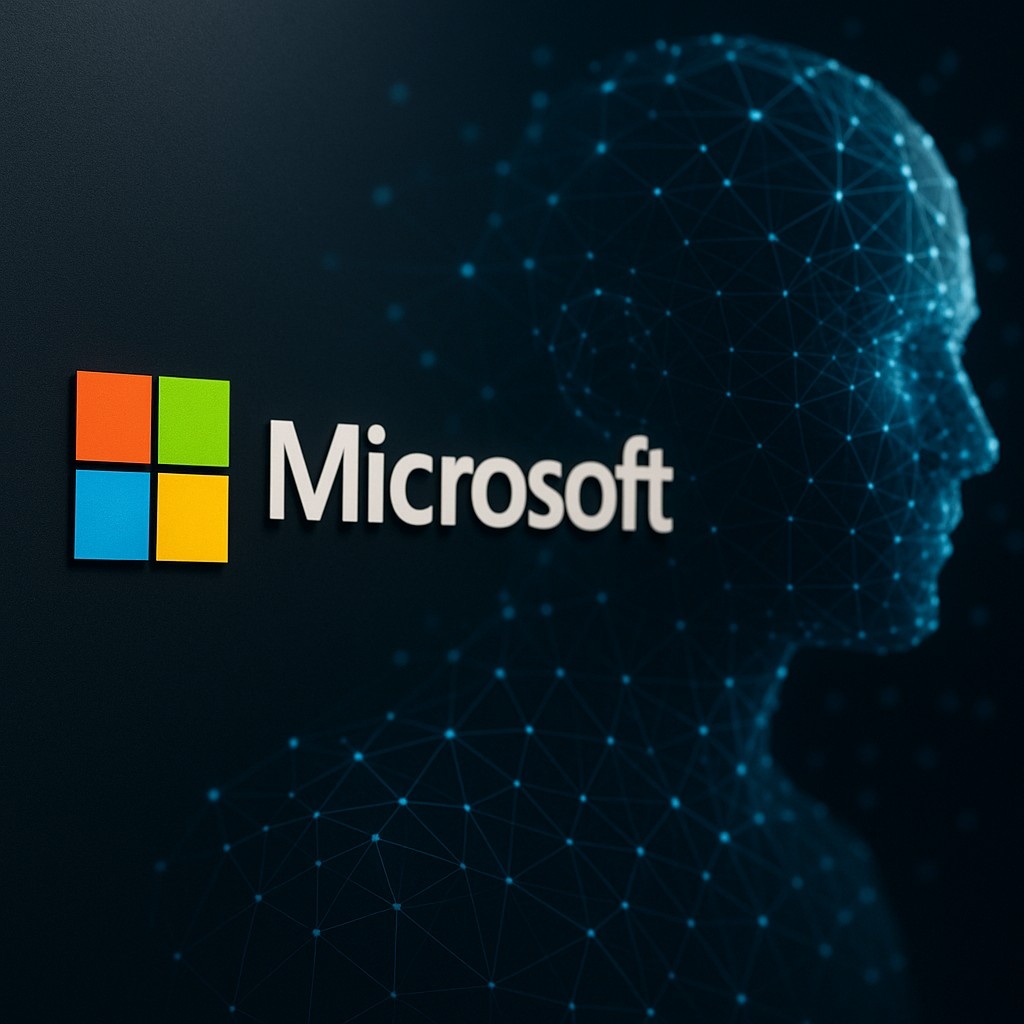Microsoft Makes Passwordless Login the Default — The End of Passwords Begins
In early May 2025, Microsoft officially began rolling out passwordless login as the default sign-in method for all new accounts — a move that signals the beginning of the end for the traditional password era.
From now on, anyone creating a new Microsoft account will be automatically guided through a password-free setup, using passkeys and biometric authentication like fingerprints or facial recognition — no password boxes, no reset emails, no remembering combinations of symbols, numbers, and your dog’s birthday.
It’s clean. It’s secure. And it might finally be the moment we stop pretending passwords are working.
Why Microsoft Is Ditching Passwords — For Real This Time
This isn’t Microsoft’s first push for passwordless. The company has been hinting at a transition for years — with support for FIDO2 security keys, Windows Hello facial recognition, and its Microsoft Authenticator app.
But this time, it’s not a feature. It’s the default.
The reason is simple: passwords are the weakest link in modern cybersecurity.
They’re:
- Easy to phish
- Frequently reused
- Often guessed or leaked
- A huge source of support requests
Microsoft’s own data shows that password-based attacks account for more than 80% of breaches across its cloud services. And users hate dealing with password resets.
Now, instead of creating a password, new users will simply register a passkey — a secure credential stored on their device that pairs with Microsoft’s servers to verify identity.
No secrets to remember. No strings to type. Just a fingerprint scan, a face unlock, or your device PIN.
So, What Exactly Is a Passkey?
A passkey is a cryptographic key pair:
- One key stays on your device
- The other is stored with the service (in this case, Microsoft)
When you try to log in, your device proves it has the private key without ever sending it over the internet. The service checks this proof and signs you in.
Authentication is then completed using:
- Face ID (on Windows Hello or mobile)
- Fingerprint (on supported laptops or phones)
- A device PIN (fallback method)
It’s simple, invisible, and incredibly hard to fake.
This system is based on the FIDO Alliance standard, which Microsoft, Apple, and Google all support — meaning the same passkey technology can work across platforms.
What Users Will Notice (and What They Won’t)
If you’re signing up for a new Microsoft account in May 2025 or beyond, you’ll notice:
- No prompt to “create a password”
- Instead, a guided setup for face, fingerprint, or PIN login
- Optional backup recovery via phone, Authenticator app, or trusted device
For existing users:
- Microsoft is strongly encouraging you to “go passwordless” through your account settings
- You can remove your password entirely from your Microsoft account (yes, forever)
The experience is smooth. Once configured, it’s even faster than typing — and far more secure.
Who This Helps Most
While this move benefits everyone, there are a few groups who gain the most:
-
Everyday Users
No more forgotten passwords, reset links, or guessing which version of “CoolDog123” you used this time.
-
Elderly and Non-Tech Savvy Users
With biometric options, signing in is reduced to just looking at your phone or screen — no complex steps.
-
Businesses and IT Teams
Password resets and phishing are major time sinks for IT support. Going passwordless cuts both dramatically.
-
Developers and Admins
Microsoft’s Azure and Entra (formerly AAD) systems now support passwordless policy enforcement, making it easier to deploy secure defaults at scale.
Why This Is a Big Deal for the Industry
Microsoft isn’t the first to embrace passkeys — Apple and Google have also launched support. But Microsoft has two major advantages:
- It controls Windows, the world’s most used desktop operating system
- It runs enterprise systems — from Office 365 to Azure, affecting hundreds of millions of users
When Microsoft moves, others follow.
And because this rollout is tied to Microsoft accounts — which power everything from Xbox to Outlook to OneDrive — the effect will be broad and fast.
Security experts believe this could finally kickstart a critical mass for passwordless adoption across the web.
But What About Concerns?
No major shift comes without questions. Here are the big ones — and the answers.
-
What if I lose my device?
You can recover your account using:
- Backup passkeys on other devices
- Phone verification
- Microsoft Authenticator
- A hardware key (like a YubiKey, if configured)
This process is similar to recovering a password today — but much harder for hackers to exploit.
-
Can someone fake my face or fingerprint?
Biometric data never leaves your device. It’s stored securely and verified locally — not uploaded to Microsoft. Spoofing it is incredibly hard.
-
What about shared devices or multiple accounts?
Microsoft has built in profile switching and shared device support — especially on Windows machines and managed work devices.
It’s not perfect yet, but enterprise support is a major focus in this rollout.
What It Means for the Future of Login
Let’s step back.
In 1995, we created passwords because we didn’t have anything better.
In 2005, we added two-factor authentication to fix how bad passwords had become.
In 2025, Microsoft is finally saying: let’s remove the root problem altogether.
No passwords. Just secure, fast authentication based on:
- Cryptography
- Trusted devices
- Biometrics
And the beautiful thing? It doesn’t feel complicated. In fact, it feels simpler.
Logging in becomes an afterthought — as it should be.
Final Thoughts
Microsoft’s decision to make passwordless login the default isn’t just a UX update — it’s a signal that the password era is ending.
For decades, passwords have been our security’s weakest link — easily guessed, stolen, reused, and phished.
Now, with the rise of passkeys, device-based credentials, and biometric trust, we’re finally building systems that are both safer and easier to use.
Early May 2025 may go down as the moment passwords began to die — and logins got a whole lot better.
